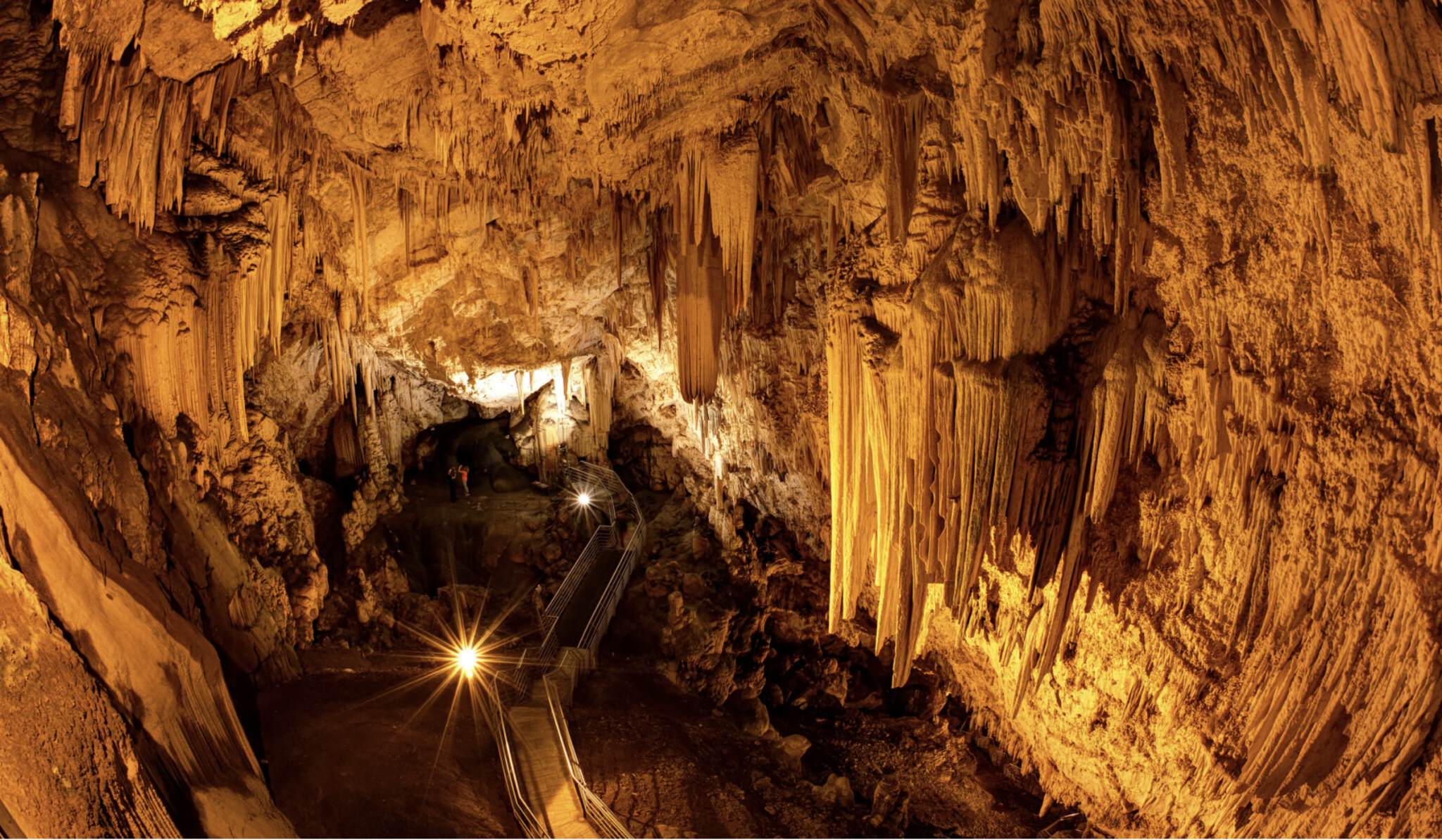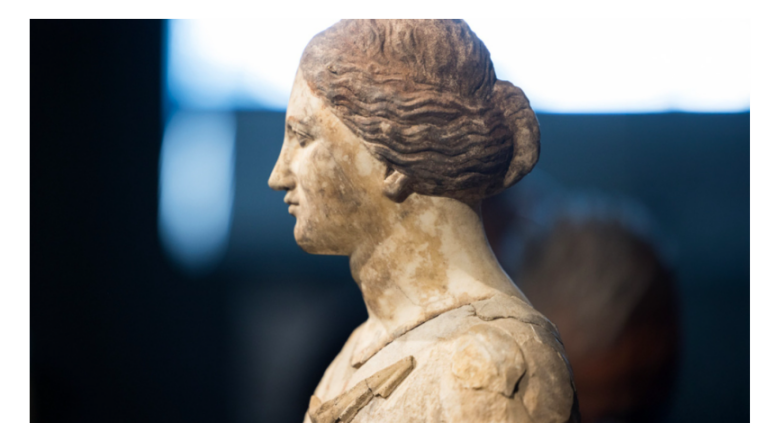Antiparos is one of the first destinations in Greece to attract “alternative” travelers from all corners of the world. On an island with such a vibe, it’s rather fitting that its most famous attraction is an otherworldly place with a history millions of years old.
The cave of Antiparos is a wondrous creation of nature and an absolute must visit for anyone on the Cycladic island for even a few days.
It is a vertical cave, one of a kind, located at an altitude of 171 meters above sea level. The traversing of the visitable section involves descending the large concrete staircase of 411 steps.
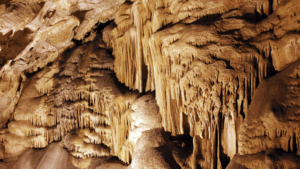
The staircase provides access to an eerie spectacle, with the stalagmites and stalactites changing shape depending on the angle from which the visitor’s eye views them. The stalactite stands out as the oldest in Europe, thought to be 45 million years old.
Unlike other important caves in Greece, the cave of Antiparos was not discovered by a scientific team or even accidentally by farmers and shepherds. Its existence was already known since antiquity, as can be seen from inscriptions found there and fragments of ancient vases and objects of the Stone Age.
It has even been the object of a dragging, which would be more appropriate for an ancient Greek tomb, and has been a tourist attraction for centuries.
The island was visited in 1673 by the Marquis de Duadel. He was the ambassador of France and King Louis XIV, the so-called Sun King, to the High Gate, as Antiparos belonged to the Ottoman Empire at the time. The purpose of Duadel’s travels to the Greek islands was to collect Greek antiquities on behalf of his country.
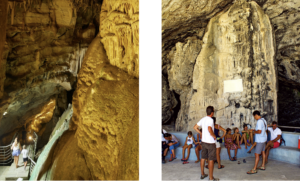
While in Paros, he was informed that in neighbouring Oliaros, the ancient name of Antiparos, there was an ancient statue of colossal proportions. He arrived on the island on Christmas Eve only to discover that the ‘statue’ was a huge stalagmite.
Nevertheless, he was impressed by the decorative sculpture that nature had created, so much so that he made the decision to celebrate Christmas mass there. At the same time, and despite the apparent respect, Duandel and his entourage cut pieces of stalagmites and stalactites and this was the first major cave crawl. It was followed by a similar one during the brief period of Russian rule on the island, about a century later.
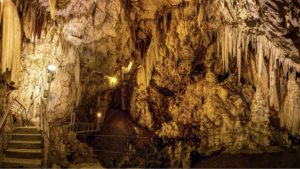
What’s certain is that the visit of Duadel’s team revived interest in the hitherto neglected cave among travelers. More and more tourists attempted the descent into the cave, with the help of windmills and ropes. Many of them created engravings of the cave that were printed in book publications in European countries.
Equally impressive in terms of spectacle is the route to reach the cave as you climb up to the site, you will have an impressive view of the Aegean Sea. Also beautiful is the small Cycladic church of Agios Ioannis at the entrance to the cave, which is a human addition that perfectly complements the impressive sight.
Some useful information about the cave:
The cave is 8 km from Antiparos Town and can be reached by bus.
The Antiparos Cave will be open to visit until October and the opening hours are daily from 10:00 to 16:00. The last entrance is 30 minutes before closing time.
With your ticket to the Cave you can also visit the Historical and Folklore Museum of Antiparos.
In winter the cave can be visited by arrangement with the Municipality of Antiparos.
Ask me anything
Explore related questions
